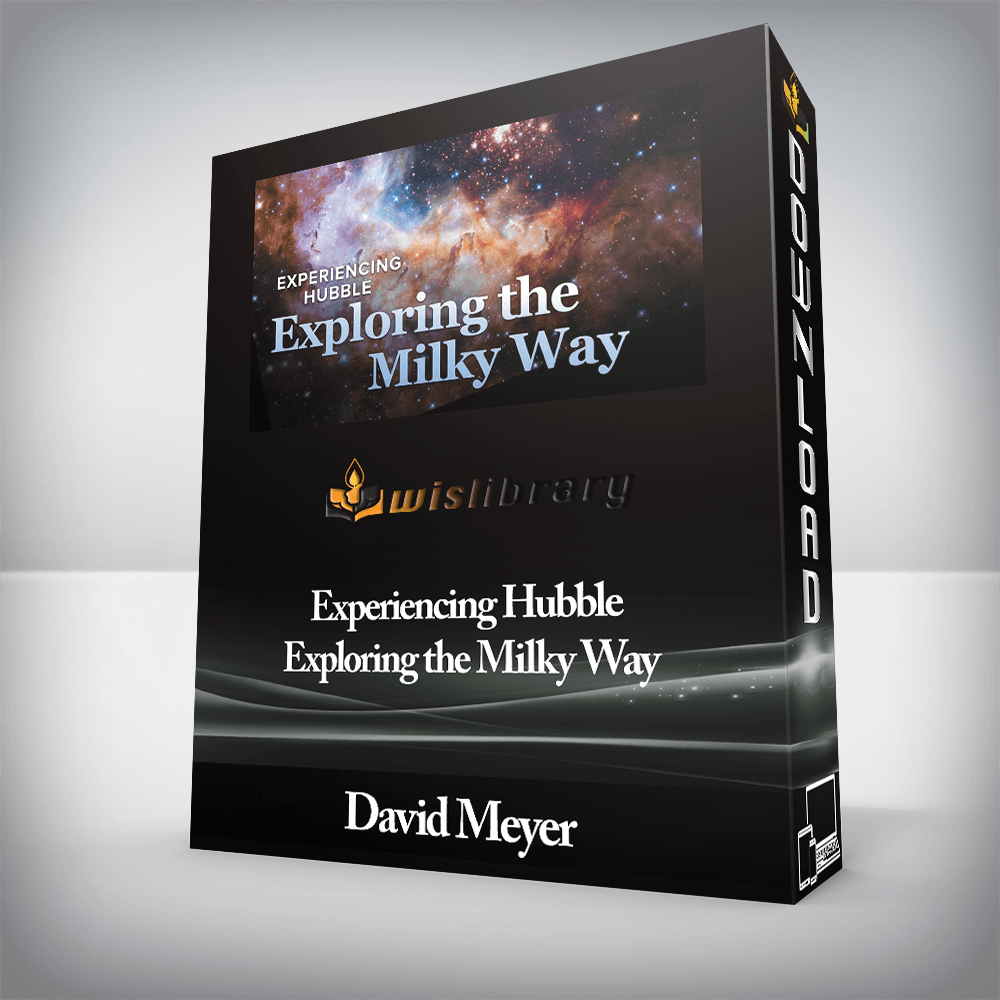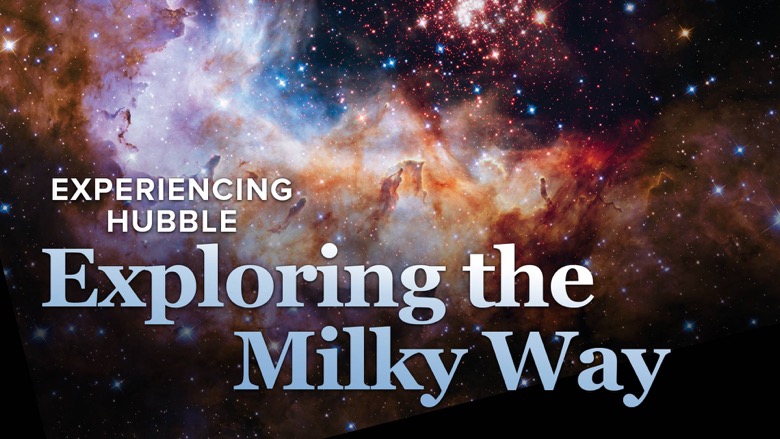


I have found no better way to communicate the joy of discovery in astronomy than through the beautiful cosmic images obtained by the Hubble Space Telescope.
Institution: Northwestern University
Alma mater: University of California, Los Angeles
On a dark, clear night, a magnificent band of hazy light arches overhead that ancient Greeks likened to a trail of milk spilled across the sky. It is the Milky Way, the galaxy where we live, seen edge-on from our vantage point on the inside. There are countless stars at all stages of stellar life, vast clouds of interstellar gas and dust, star clusters, and even satellite galaxies, but no close-up view can match that of the Hubble Space Telescope, which has been surveying the wonders of the Milky Way for three decades.
In 12 beautifully illustrated half-hour lectures, Experiencing Hubble: Exploring the Milky Way leads you on a tour like no other—to pulsating stars, iridescent nebulae, giant star clusters, and regions of frenzied activity that signal black holes. Your guide is David M. Meyer, Professor of Physics and Astronomy at Northwestern University and an award-winning teacher, noted for using Hubble images to bring the latest research to his introductory classes. This course requires no background in astronomy or science, and it compliments Dr. Meyer’s previous course: Experiencing Hubble: Understanding the Greatest Images of the Universe, which covers Hubble’s greatest hits through 2009. Since then, Hubble has amassed half a million new observations, many with an advanced high-resolution camera for visible light and near infrared imaging.
Orbiting some 300 miles above the blurring effects of Earth’s turbulent atmosphere, Hubble has an unrivaled perspective on galactic sights near and far, including:
Launched in 1990, Hubble has been periodically updated and repaired by astronauts, so that today it is a vastly improved instrument from its original design. That’s why now is the perfect time to catch up on Hubble’s latest views of our home galaxy.
More Wondrous Than You Ever Imagined
Exploring the Milky Way takes you from comets in the solar system, through the Milky Way to its core, and then to the galaxy’s farthest outskirts. Putting Hubble’s observations in context, each of the featured images is first pinpointed on a starfield like what you would see from your backyard. To the unaided eye, the target is often an apparently undistinguished piece of sky. Then, you dramatically zoom in, closer and closer, taking in ever more detail until you see exactly what Hubble sees. The effect is to make the night sky more wondrous than you ever imagined.
Dr. Meyer directs your attention to intriguing features that allow each one of the Hubble images to tell a remarkable story. You learn an impressive amount of astronomy, all while admiring a view that can be appreciated for its grandeur alone. Using no mathematics, Dr. Meyer introduces, and makes visual, concepts such as the electromagnetic spectrum, star classes, stellar evolution, parallax shifts, nucleosynthesis, galactic evolution, and much more. For comparison, he makes lavish use of images from other observatories, both ground- and space-based.
And because spiral galaxies like the Milky Way are common in the universe, the processes going on here are being replicated throughout the cosmos. The story of the Milky Way is a plot being played, with variations, almost everywhere.
Savor the Sights as You Tour Our Galaxy
Hubble’s field of view is tiny, yet it has imaged objects covering sky areas larger than the full Moon by making a mosaic of frames, which have been seamlessly composited to create stunning panoramas. Furthermore, the telescope’s ability to take exposures lasting many hours allows it to discern details that are otherwise invisible. And the fact that it has been operating for many years means that features that change over time can be regularly revisited.
For these reasons, Exploring the Milky Way includes much more than static sky images in a uniform format. Some of the impressive visuals you see include:
Indeed, the Andromeda Galaxy—the closest large galaxy to the Milky Way—is your last stop in the course, because in a few billion years, Andromeda is due to transform the Milky Way beyond recognition, as the two galaxies collide and merge. An enormous burst of new star formation will ensue, until all the interstellar gas has been consumed and the combined systems evolve into an elliptical galaxy of older, low-mass stars.
Exploring the Milky Way will take you on an unparalleled tour of recently revealed visual wonders, letting you experience, as never before, what it means to say that the Milky Way galaxy is our home.
1The Unseen Face of Our Spiral Galaxy
2Viewing the Galaxy through a Comet
3A Cloud of Stardust: The Horsehead Nebula
4A Star Awakens: The Jets of Herbig-Haro 24
5A Star Cluster Blossoms: Westerlund 2
6An Interstellar Cavity: The Bubble Nebula
7The Interstellar Echo of a Variable Star
8Tracing the Veil of a Prehistoric Supernova
9The Stellar Vortex at the Galactic Center
10The Galactic Halo’s Largest Star Cluster
11Satellite Galaxies: The Magellanic Clouds
12The Future of the Milky Way
There are no reviews yet.
You must be <a href="https://wislibrary.net/my-account/">logged in</a> to post a review.